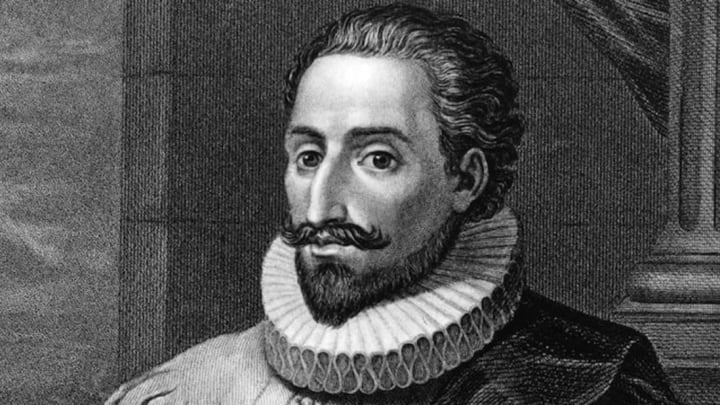When Don Quixote author Miguel de Cervantes died in 1616, he was buried at the Convent of the Discalced Trinitarians in Madrid, which he had specifically requested. Although the convent was known, the exact location of his tomb was lost after a renovation in the late 17th century.
Investigators have been searching the crypt and its alcoves for almost a year with infrared cameras, 3D scanners, and radar for remains of the father of the modern novel. In January, the team reported having uncovered a coffin with the letters M and C marked on it, but inside they found the remains of a child. Now, a box dug up from 50 inches beneath the crypt containing bones from 10 adults and five children is thought to contain the last remnants of the great author.
"We believe that some of the remains of Miguel de Cervantes are among the fragments," forensic anthropologist Francisco Etxeberria said in a news conference.
That said, they have yet to prove anything with certainty.
"It would of course have been better to find his remains complete," Fernando de Prato, a historian who led the search for Cervantes, told the New York Times. "But I still have the feeling today of having reached the end of a journey."
DNA testing on the bones will be tricky. Although Cervantes had a sister who was buried near Madrid, only tiny fragments of her bones still exist. The authorities in Madrid are hoping for enough of a confirmation to erect a monument to Cervantes before April of next year, the 400th anniversary of his death.
